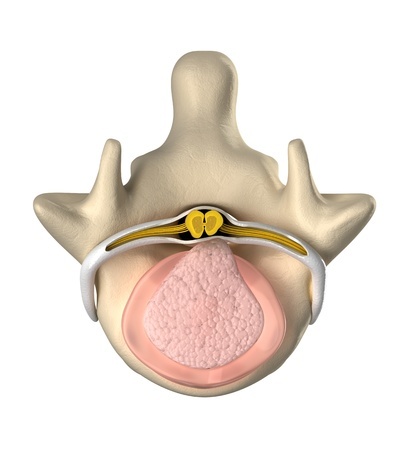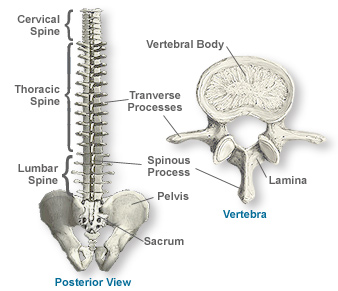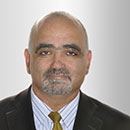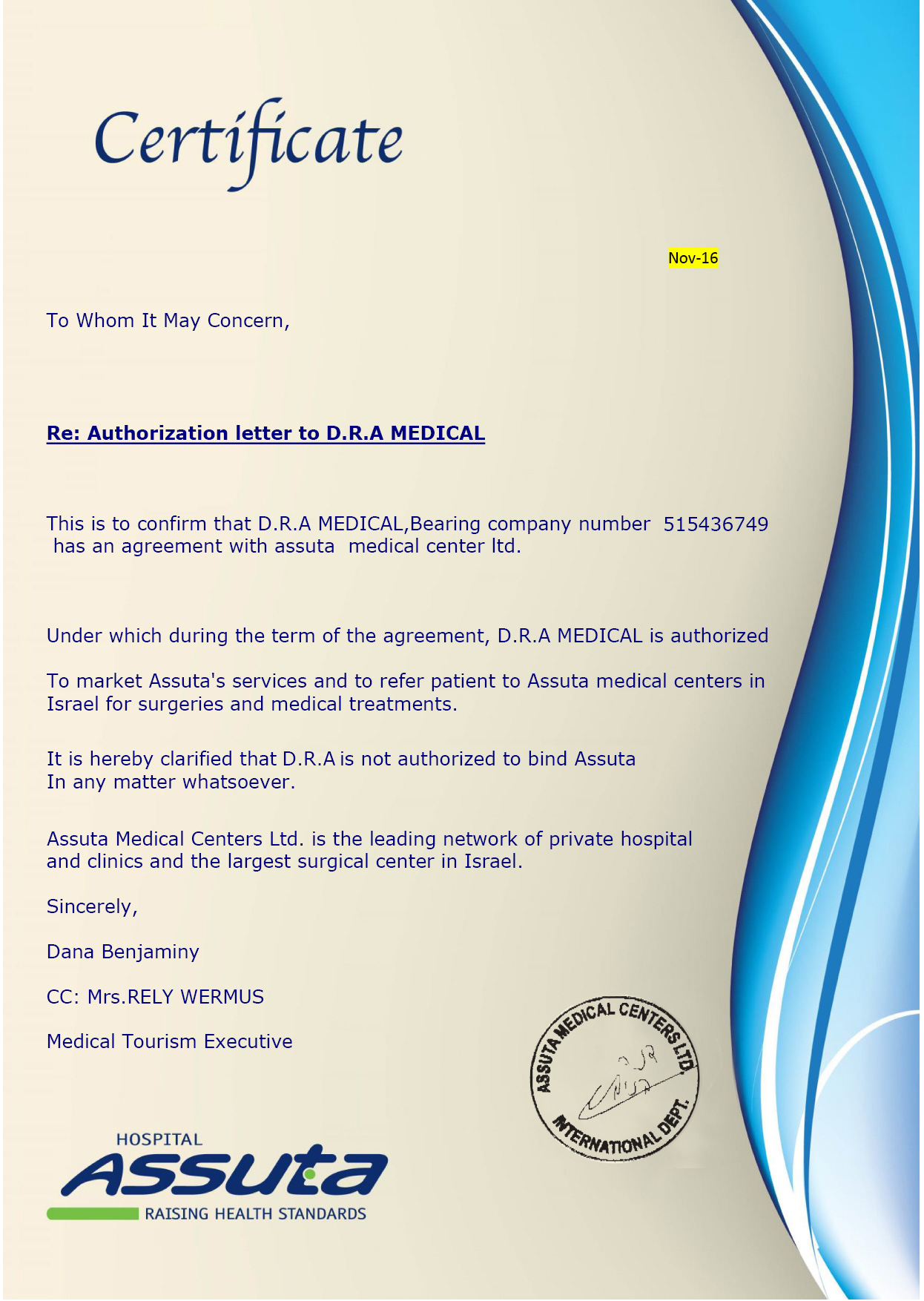Introduction and Definition
Nerve root and spinal cord pain are some of the most common reasons why people see a pain specialist. Frequently this pain is caused when disc material presses on the spinal cord or a nerve root. When this occurs, surgery may be necessary. A lumbar microscopic discectomy removes the disc material and the pressure it causes, providing relief from pain, weakness and numbness. Although this surgery is effective for most people, there are potential risks and aftereffects to take into consideration. This guide will help you understand lumbar microscopic discectomy and decide whether or not this surgery is a good option for you.
Is Lumbar Microscopic Discectomy the Right Choice for You?
This surgery is performed to decrease pain and help you to regain normal function and movement. Your doctor may recommend that you have this procedure if:
- You have numbness, weakness, or severe leg pain that prevents you from participating in your normal daily activities.
- The leg symptoms do not show any real improvement after 4 or more weeks of nonsurgical treatments.
- The results of a physical examination show that the numbness, loss of motion, abnormal feeling, or weakness in your legs is likely to improve if you have the surgery.
The Lumbar Microscopic Discectomy Procedure
The surgery is performed under general anesthesia. You will usually be lying face down; however, you may be in a kneeling position instead. During the procedure, your surgeon will make a one-inch incision over the affected area of your spine. He or she then removes muscle tissue from the bone (called the lamia) both above and below the injured or diseased disc. Retractors hold the skin and muscle away from the surgical area so that the surgeon has clear sight of the vertebrae and the damaged disc.
During this procedure, the surgeon uses a special microscope to see the disc and nerves. It provides a larger view of the area and allows the surgeon to make a smaller cut than would be necessary without it. This reduces the amount of damage to your surrounding tissue.
Once your surgeon can see the vertebral lamina, the disc and other structures, he or she removes the section of the disc sticking out of the disc wall, along with any other fragments that the disc might have expelled. The disc tissue removed from the area is not replaced with another material. The surgeon closes the incision with sutures and the patient is transferred to a recovery room.
After the Surgery
Recovering from a lumbar microscopic discectomy usually requires you to stay in the hospital for a day. Your doctor will encourage you to get up and walk around as soon as your numbness has worn off. You will be prescribed medication to help control the pain while you are recovering.At first you may not be comfortable when you are in a sitting position. You may not be able to tolerate sitting down for more than 15 or 20 minutes. However, sitting will get easier and gradually be more comfortable. You should walk as often as possible for the first few weeks. Walking around will help decrease your risk of developing excess scar tissue after the procedure.
If you have an office job, you will probably be able to return to work in two to four weeks. If your job involves physical labor such as operating heavy machinery or frequent lifting and bending, it may be four to eight weeks before you are able to return to work after surgery. Your doctor may suggest a rehabilitation program to help with your recovery. This usually involves physical therapy and exercises you do yourself at home.










